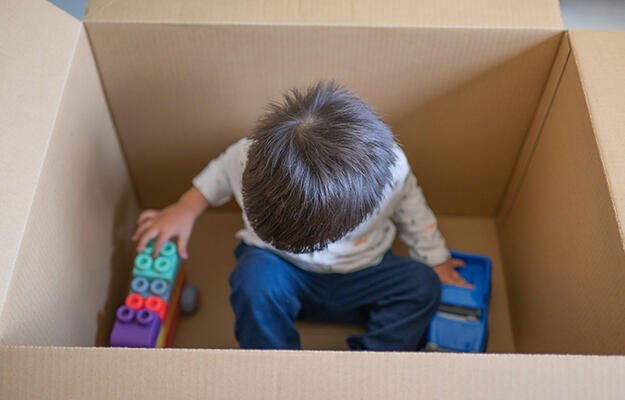
Improvements in School Performance Increase Residential Investments in New York City
- Title:
- Improvements in School Performance Increase Residential Investments in New York City
- Author:
-
Keren Mertens Horn
- Source:
-
Regional Science and Urban Economics
- Publication Date:
-
2015
School performance increases the level of residential investments by property owners in New York City, according to a study by Keren Mertens Horn. Horn builds on the established finding that school quality drives housing demand by analyzing how school quality influences housing supply. She uses local data from various sources on home investment decisions, building characteristics, home sale prices, and school performance measures from 2003 to 2010. The analysis begins with a simple regression that considers the relationship between school performance—measured as mean math and English–language arts test scores—and measures of home investments (sale prices, dollars invested, square footage added to the property, and permits filed for additions). The analysis considers the causal relationship by using a boundary discontinuity method, which compares parcels of land that are in the same neighborhood but in different elementary school matriculation areas. Though the findings do not distinguish between investments in owner-occupied units and investment or development properties, the results consistently show a positive and strong relationship between school quality and increased investment in nearby homes. The study’s results are the first to demonstrate empirical support for the theory that schools affect the housing stock and suggest the investments in schools could be a tool for neighborhood revitalization.
Key findings:
- An improvement of one standard deviation in a school’s test scores is linked with an increase in the amount spent on residential investments by 2.5 percent. It also is associated with an increase in the square footage of the investment by 1 percent.
- Improving a school’s test scores by one standard deviation is correlated with an increase in housing values by 1.8 percent. This is consistent with existing literature.
- Improvements in school performance provide incentives for additional residential investments.


